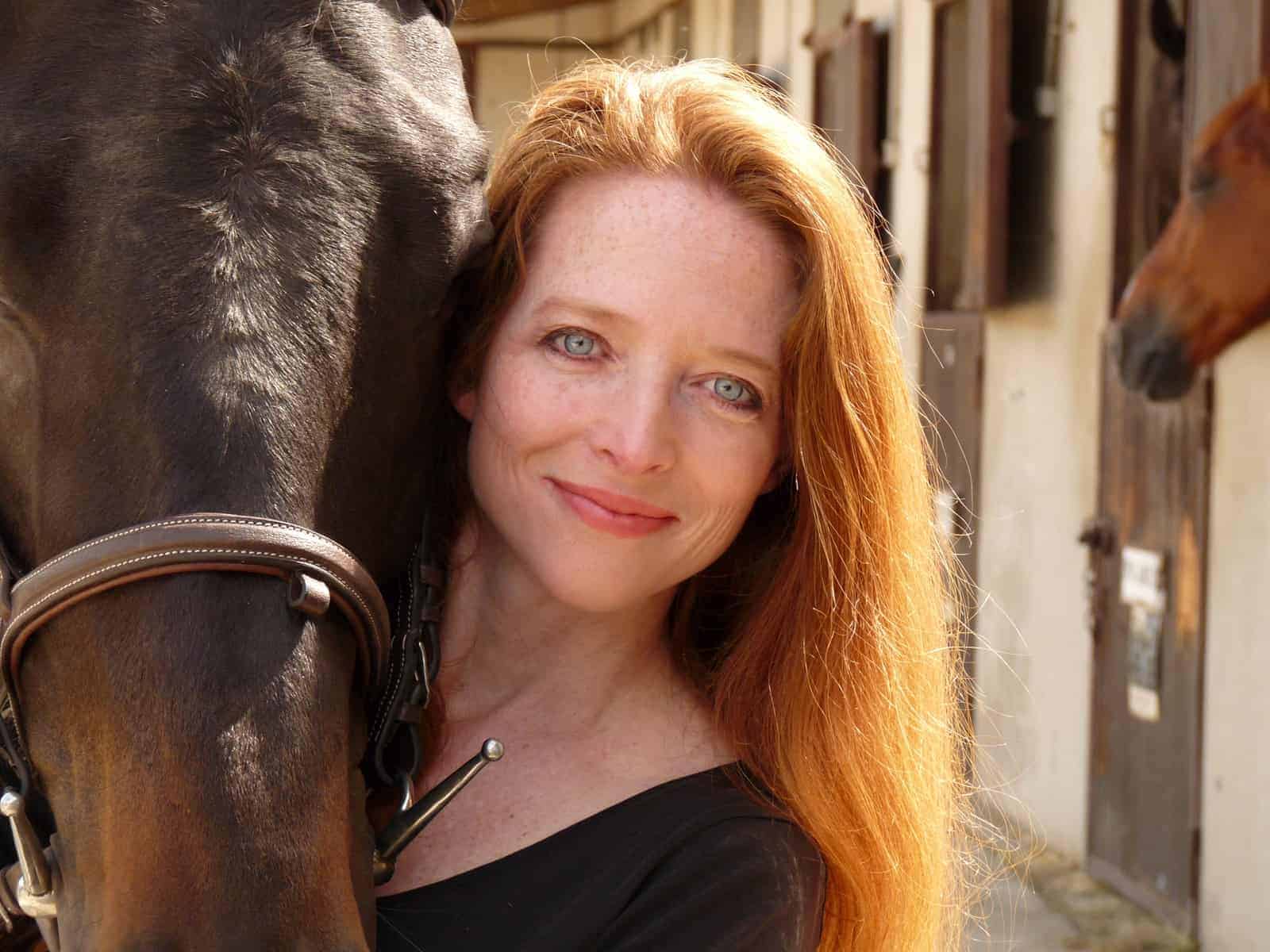Breathing Exercises for Horses With Upper Airway Collapse

By using a specially designed nose mask to increase the load while the horse inhales, caretakers could help horses breathe better during athletic performance without surgical intervention, said Laura Fitzharris, BVSc, PhD, a research associate at the Bristol Veterinary School in the University of Bristol, in the U.K.
Inspiratory muscle training is already helping human athletes with upper respiratory issues during exercise and people who snore or experience apnea while sleeping, Fitzharris said. But in horses, treatment often involves surgery – either removing collapsing airway structures (such as a hobday) or providing mechanical support (such as a tieback).
Hoping for a better way inspired by human medicine, Fitzharris and her fellow researchers adapted the human breathing training program to equine athletes by fitting horses with a latex-sealed plastic mask–like a nebulizer mask—over their muzzles. Valves over the nostrils allow the researchers to adjust the air pressure, which makes the horses exercise and strengthen the airway muscles.
As a preliminary study, the researchers opted for a basic training program lasting six minutes, with a two-minute break halfway through. The horses underwent the training five or six days per week for 10 weeks with their regular caretakers in their home stables, with gradually increasing pressure in the mask. Meanwhile, the horses maintained their regular ridden workout sessions—although they did not do breathing exercises within 48 hours of a race.
To determine the program’s effects on airway function, the scientists performed endoscopy during exercise on each of 10 Thoroughbreds and Standardbreds used in the study—all with diagnosed upper airway collapse, both before and after the 10-week program. To prevent bias, the scientists did not receive histories or details about the horses whose endoscopies they reviewed.
While the study did not provide insight into how much or how frequently the horses should perform the inhaling exercises, it did show the concept was feasible for horses, said Fitzharris. The horses tolerated the masks and the breathing exercises “very well,” she said. And most had visible structural improvements in their airways—including lower grades of vocal fold collapse, palate instability, and intermittent dorsal displacement of the soft palate—by the end of the study. Overall upper airway function improved in a third of the horses, she added.
“The parts of the airway that responded were the parts that we were expecting them to,” she said. “So, for example, the soft palate is composed of muscles, and the training applied appears to have strengthened those muscles. It was nice to see (the muscles) were responding as we hoped that they would.”
Through further research, scientists should be able to define optimal breathing training programs to help horses dealing with upper airway collapse, she said.
“At the moment, we’re at the stage where the concept works,” said Fitzharris. “But I still think that there needs to be a little bit of tweaking in terms of the exact training program that we recommend.”
The mask used in the study was a prototype meant only for research, she added. “We need to make something that ultimately is safe that anybody can use,” she said.
The goal is to provide owners and trainers with a product that not only corrects upper airway collapse but helps prevent it, Fitzharris explained.
“If we pretreat these horses, can we prevent them developing a problem in the first place?” she said.
Fitzharris LE, Franklin SH, McConnell AK, Hezzell MJ, Allen KJ. Inspiratory muscle training for the treatment of dynamic upper airway collapse in racehorses: A preliminary investigation. Vet J. 2021 Sep;275:105708. doi: 10.1016/j.tvjl.2021.105708. Epub 2021 Jun 17. PMID: 34147643.

Written by:
Christa Lesté-Lasserre, MA
Related Articles
Stay on top of the most recent Horse Health news with















